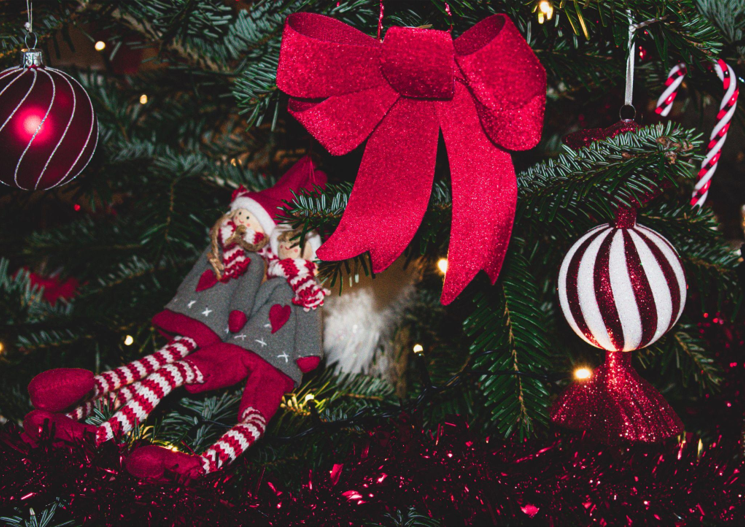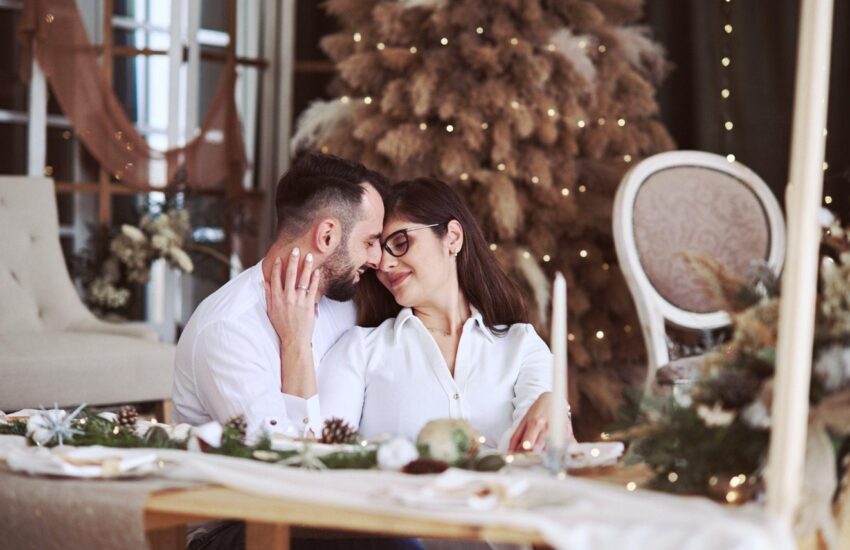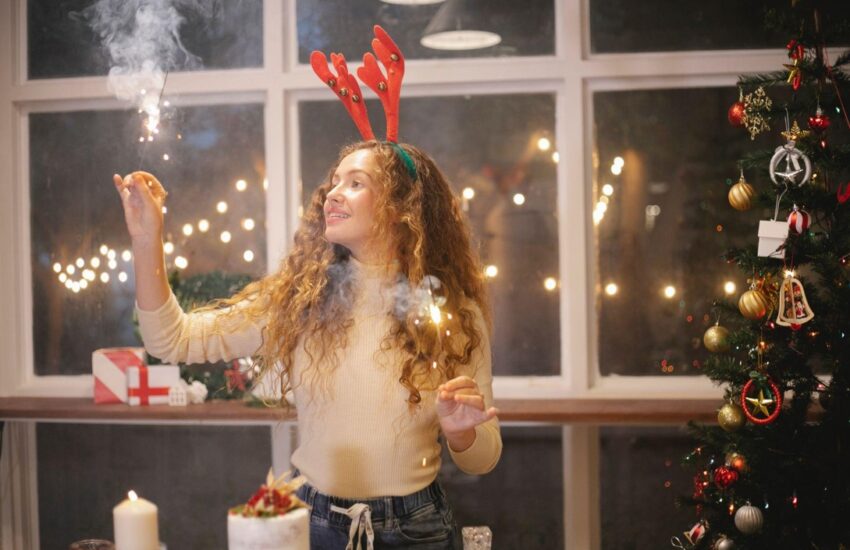A Guide to Choosing a Secure and Healthy Artificial Christmas Tree
Artificial Christmas trees have become a popular alternative to traditional real trees during the holiday season. They provide a convenient and hassle-free way of decorating your home, and they come in different sizes, colors, and designs to fit your preferences.
However, like any other product, artificial Christmas trees come with their concerns that can cause anxiety for some consumers. One main concern is whether these trees are secure and healthy for your family and home.
The Importance of Choosing a Secure Artificial Christmas Tree:
One of the primary concerns regarding artificial Christmas trees is their stability. Choosing a tree that is not secure can pose a safety hazard to both your family and your home. This is why it is essential to select a tree that is sturdy and stable.
When shopping for an artificial Christmas tree, look for one with a sturdy base that can support the tree’s weight and ornaments. Some trees have a metal stand, while others have a plastic base. No matter the type, ensure the base is strong enough to hold the tree’s weight so it doesn’t tip over.
Additionally, ensure that the branches are securely attached to the trunk. Some trees have detachable branches you can adjust, while others come pre-lit and pre-attached. If you opt for a tree with detachable branches, ensure they are firmly attached to the trunk and will not easily fall off.
How to Choose a Healthy Artificial Christmas Tree:
When choosing an artificial Christmas tree, you want to ensure that it will not only last for a few years but also be healthy for your family and home. Here are some tips to help you select a healthy tree:
1) Choose a tree made from safe materials: Look for trees made of non-toxic materials that do not pose any health risks to your family or home.
2) Check for flame-retardant materials: Ensure the tree is made of flame-retardant materials to minimize the fire risk.
3) Look for the UL® seal: The Underwriters Laboratories (UL®) is an independent safety organization that tests and certifies products to meet safety standards. Look for the UL® seal on Christmas trees to ensure they have passed safety tests.
4) Consider the tree’s density: A dense tree can provide a fuller look but pose a risk of overheating. Choose a tree that has enough space for ventilation to avoid overheating.
In conclusion, artificial Christmas trees can be a great attachment to your holiday traditions, but choosing a secure and healthy tree that fits your family’s needs is essential. Consider a tree’s size, design, materials, and safety features. Following these tips, you can enjoy a safe and festive holiday with your loved ones.


